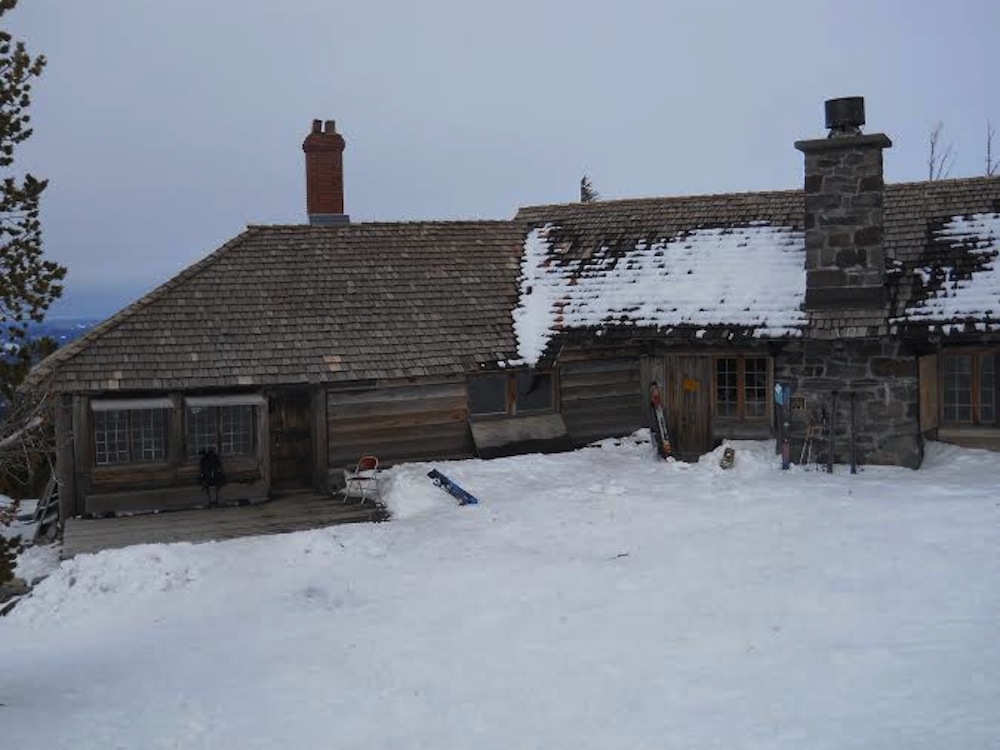Here’s a cautionary tale from 25 years ago.
On Sunday, February 19, 1989, the head of the professional ski patrol at Mt. Hood Meadows, Jefferson Junn Wong, was trapped beneath an avalanche and suffocated to death before his patrol colleagues could free him from the fallen snow.
The devastating lead sentence from Oregonian reporter Rolla J. Crick in an article published February 21 read, “The director of the ski patrol at the Mt . Hood Meadows ski resort died late Sunday, seven hours after he was pulled from beneath 5 feet of snow after being buried by an avalanche he helped start.”
According to Crick’s report, Wong and a team of patrollers were checking snow conditions on a closed portion of Marmot Ridge at about 6700 feet, stomping on the snow to study its stability. Wong skied across the south side of the ridge trying to initiate a slide. After the snow held, he skied down toward the Gulch trail below. The avalanche dropped down from behind and above him and completely buried him with heavy snow. The other patrollers were unable to dig him out in time to rescue him.
Wong was remembered in his obituary as an energetic, likeable guy who loved the outdoors and nature. He worked at Meadows from 1983 until his death at the age of 32 in 1989.
Wong’s tragic death at the age of 32 is a reminder that even trained mountain experts are by no means safe from avalanches. Mountain films are filled with adrenaline-rush footage of daring skiers and snowboarders outpacing slides as they shred to glory. But one fluke mistake in avalanche country can lead to a disaster that is brutally irreversible.
With that in mind, and huge volumes of heavy snow piled up on and around Mount Hood, here are a few safety tips to remember:
Going out of bounds? Don’t go alone. Bring a buddy.
Bring layers of clothing, food and water.
If you’re heading into avalanche terrain, carry a beacon, a metal shovel (not plastic) and a probe.
Learn about the backcountry before heading into the backcountry. Mazamas Ski Mountaineering Courses come highly recommended.
Study your map before you go and bring it with you.
Get to know the Northwest Avalanche Center’s website.
If you are planning to summit, take a course first, and read the Mountain Shop’s Climbing Mount Hood page.
Check out Portland Mountain Rescue’s Four Elements of Safety. They are:
- Know the Conditions.
- Know Your Route.
- Be Prepared.
- Have a Back-up Plan.
Also take a look at backcountry expert Christopher van Tilburg’s long list of things to consider packing on your next expedition.
One last thing: Just because you used a chairlift to get there doesn’t mean it isn’t backcountry. As John Clary Davies explains in this persuasive article in Powder Magazine, having lifts and ski areas nearby can give riders a dangerously false sense of security. Don’t think of lift-accessed backcountry such as Clark Canyon as sidecountry. Think of it as backcountry.
If it can happen to the head of the patrol, it can happen to you. Think it through and be safe out there!
Last modified: February 25, 2014

